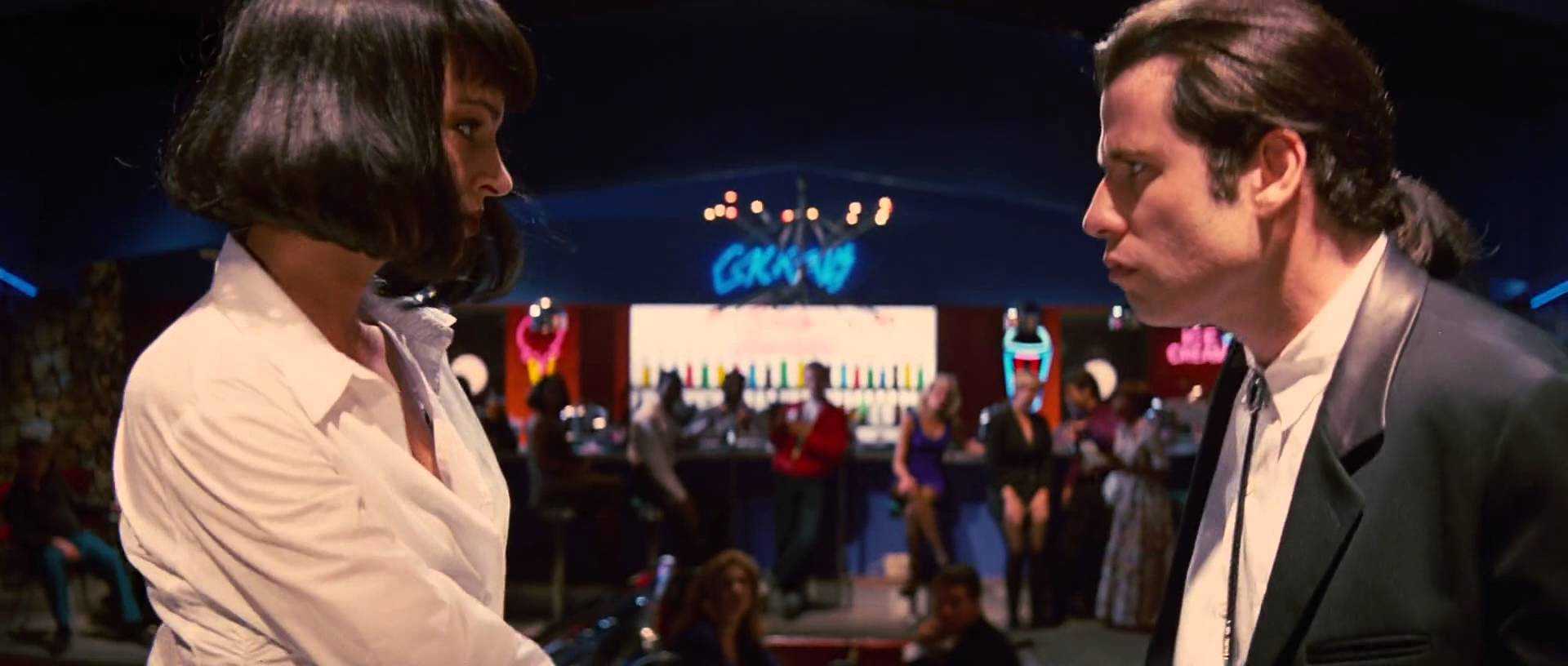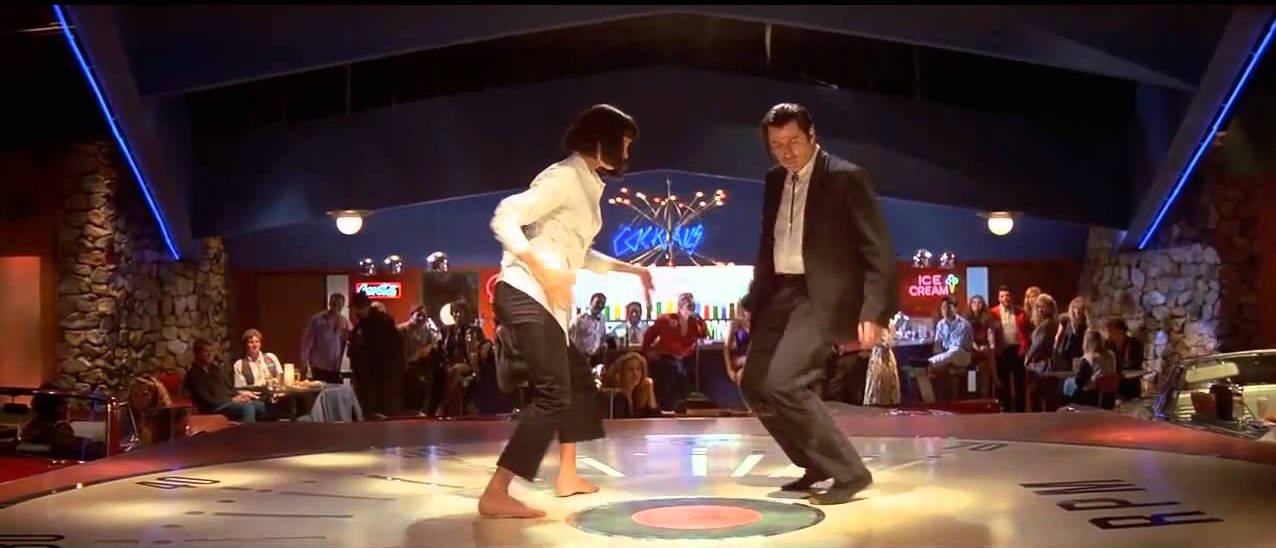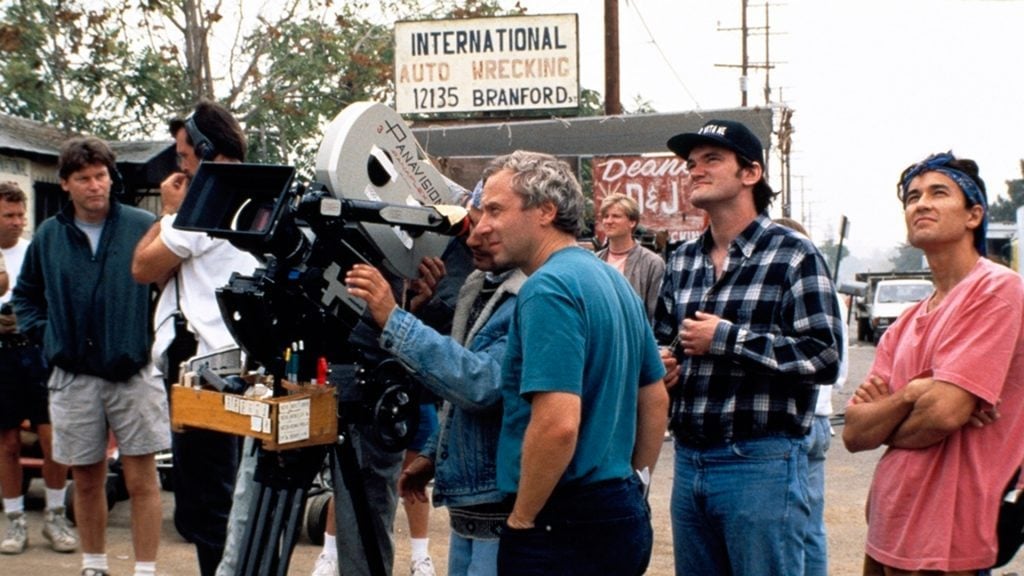
Beyond The Frame: Pulp Fiction
Cinematographer Andrzej Sekula's richly hued, pin-sharp, widescreen images added a Pop Art quality to Quentin Tarantino's 1994 crime anthology.

When Pulp Fiction hit movie screens in 1994, it marked one of those rare moments in film history when a motion picture becomes a worldwide sensation.
Writer-director Quentin Tarantino had already caught heat with his debut feature, Reservoir Dogs (1992), in which a group of fast-talking hoodlums engage in a black-comic bacchanal of gunplay and wordplay. But Pulp Fiction, with its vivid characters, nonlinear narrative structure, ultra-cool musical soundtrack and memorable, machine-gun dialogue, elevated Tarantino to a level of celebrity and notoriety that all filmmakers dream of, but few ever achieve.
Greatly aiding in Tarantino's efforts on both pictures was Polish cinematographer Andrzej Sekula, whose richly hued, pin-sharp, widescreen images added a Pop Art quality to the alternately gritty and darkly comedic onscreen action, which contributes greatly to its cinematic impact.
In the top image, Sekula (far left) and his camera crew dances along with actors Uma Thurman and John Travolta in a crowd-pleasing dance number that helped Pulp Fiction become a major success.

The cinematographer later shot such pictures as American Psycho, Hackers, Vacancy, Armored and, most recently, USS Indianapolis: Men of Courage.







